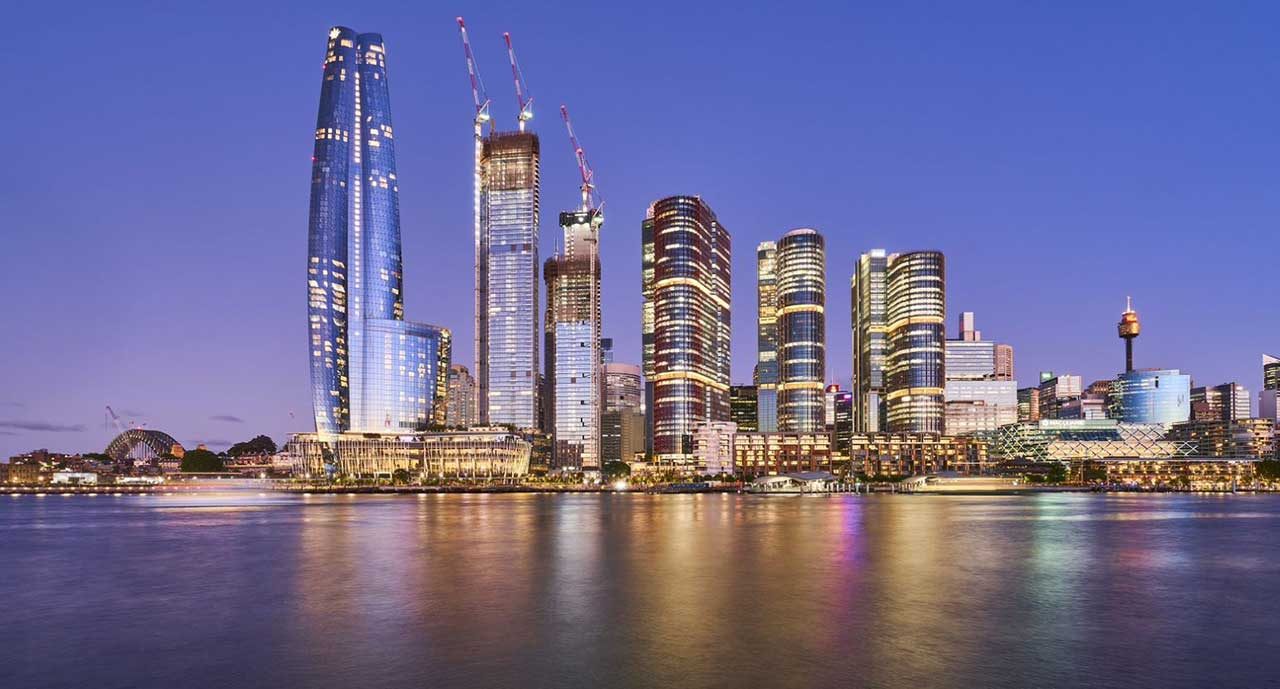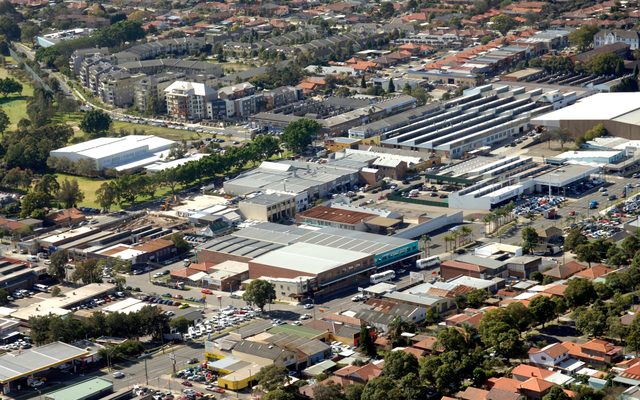This article is from the Australian Property Journal archive
SYDNEY has beaten out Geneva and Paris for super prime residential sales activity, while Australia’s ultra-high net worth individuals (UHNWI) are more optimistic about wealth creation in 2023 than their global counterparts, with real estate their number one driver of performance.
The findings were part of Knight Frank’s 2023 edition of The Wealth Report, which also found that private capital accounted for an all-time high 26% of commercial property acquisitions in Australia in 2022.
Sydney recorded 99 super prime sales last year – homes worth US$10 million or more – ahead of Geneva with 69 and Paris with 23. The list was topped by US pair New York with 244 and Los Angeles with 224, followed by London with 223.
In the ultra-prime category – of more than US$25 million – Sydney recorded seven, just ahead of Paris with six.
Sydney prime property was found to be significantly more affordable than other cities around the world, with US$1 million buying 44 sqm of luxury space, as opposed to just 17 sqm in Monaco.
The Gold Coast offers the most value for money out of the Australian cities – you can get 117 sqm with US$1 million – but also recorded the highest growth in the PIRI 100 of 4.1%, with 3% growth forecast next year
The PIRI 100 annual price change over 2022 was 5.2%, with 2% growth forecast on average in 2023.
The pandemic-induced boom in prime, super-prime and ultra-prime markets saw 1,392 sales transacted at or above US$10 million across 10 global markets in 2022, totalling US$26.3 billion. While the number of deals was a drop on the record-breaking 2,076 recorded in 2021, it is still 49% above 2019 levels.
“As with many market segments, the second half of 2022 saw a slowdown in transactions as the cost of debt rose and economic uncertainty entered the equation, but it was moderate with 44 per cent of transactions happening globally in the final six months,” said Knight Frank head of residential research Michelle Ciesielski.
Australian UHNWIs more optimistic
Australian UHNWI are optimistic about amassing more wealth in the future, with 94% expecting their wealth to rise or stay the same this year, despite turbulent economic conditions, with 65% of that expecting a rise.
That outpaced global counterparts at 86% expecting their fortune to rise or to stay the same.
UHNWI respondents indicated real estate was the number one driver of wealth performance in 2022 and this asset class was also considered to be the top opportunity to create and grow wealth in 2023, ahead of technology and equity markets. Forty-eight per cent of UHNWI’s portfolios are allocated to residential (36%) and commercial property (22%), while equities is a distant third, at 13%.
“Property is a perceived inflation hedge and is seen as a safe and secure investment in times of uncertainty, as well as offering diversification benefits,” Ciesielski said.
Alongside real estate, the other top three drivers of performance in 2022 were currency trades, market timing and the return of cash, for the first time in more than a decade.
The top three risks this year to create and grow wealth globally were identified as inflation (67%), interest rates (58%) and the political/geopolitical landscape (53%).
Private Capital buying up
Meanwhile, private capital accounted for a growing share of acquisitions in Australia and globally over 2022.
In Australian private capital rose to a new high at 26% of total commercial property investment volumes, up from 25% the year prior, while institutional dipped from 19% in 2021 to 16% and listed capital fell from 17% to 14%.
Knight Frank data shows commercial volumes in Australia were $52 billion in 2022, down 21% from $65.5 billion in 2021 but private investors were more confident and active than others.
“There was a lull in transactional activity last year as many buyers and sellers took a ‘wait and see’ approach following uncertainty that resulted when interest rate rises began in May last year,” Knight Frank CEO James Patterson said.
“The share for institutional and listed capital dropped over 2022 as they were more cautious in reacting to adverse market conditions, while private capital is often more nimble and opportunistic, hence more likely to buy amidst market uncertainty.
“In the future Australian ultra-high-net-worth individuals plan on investing more in commercial property than their global average, demonstrating their confidence in the asset class.”
Residential is often the entry point into real estate for ultra-high-net-worth individuals, he said, but a larger weight of private capital is targeting commercial property given attractive pricing and stable income from well-located assets with tenants on long-term leases.
Australia is ranked fourth globally for plans to invest directly into commercial property, with 24% indicating their intentions, sitting well above the global average of 19%. For plans to invest in commercial property indirectly, Australia is also ranked fourth, but on par with the global average.
Meanwhile, eight in ten high-net-worth individuals plan to purchase their next commercial property in Australia, with 10% planning to buy in the Asia-Pacific region and another 10% outside the region.
High inflation will be one of the biggest factors influencing investment decisions in 2023, but the level of concern is expected to ease through the course of the year, he said.




